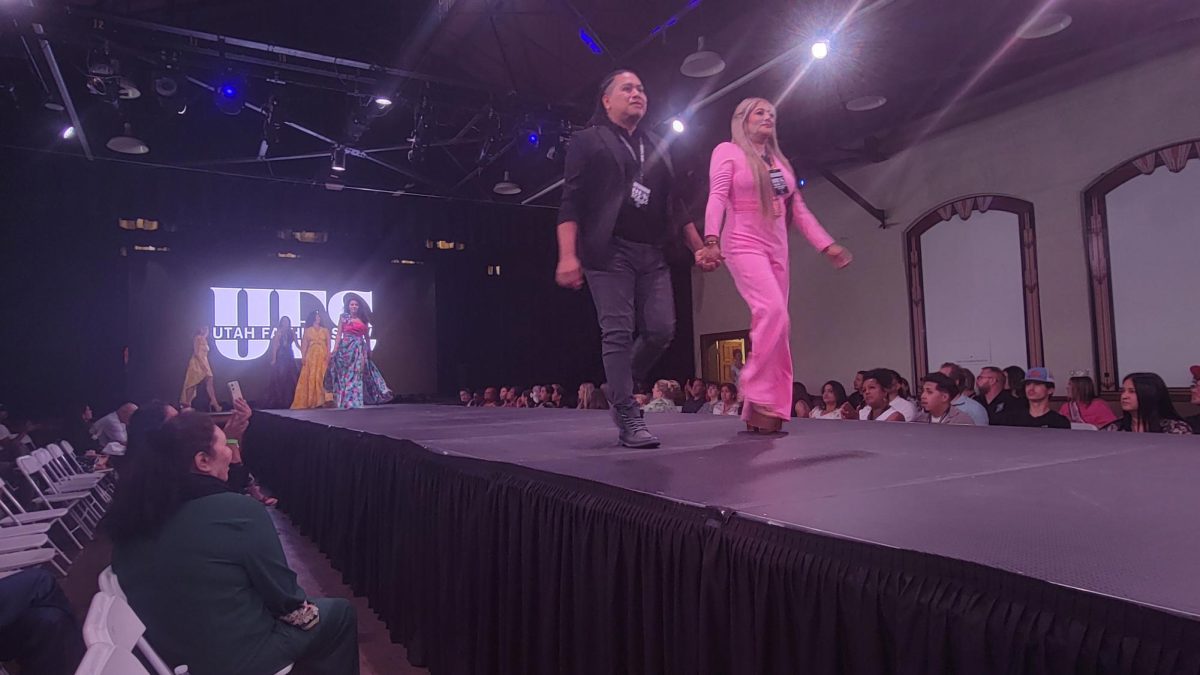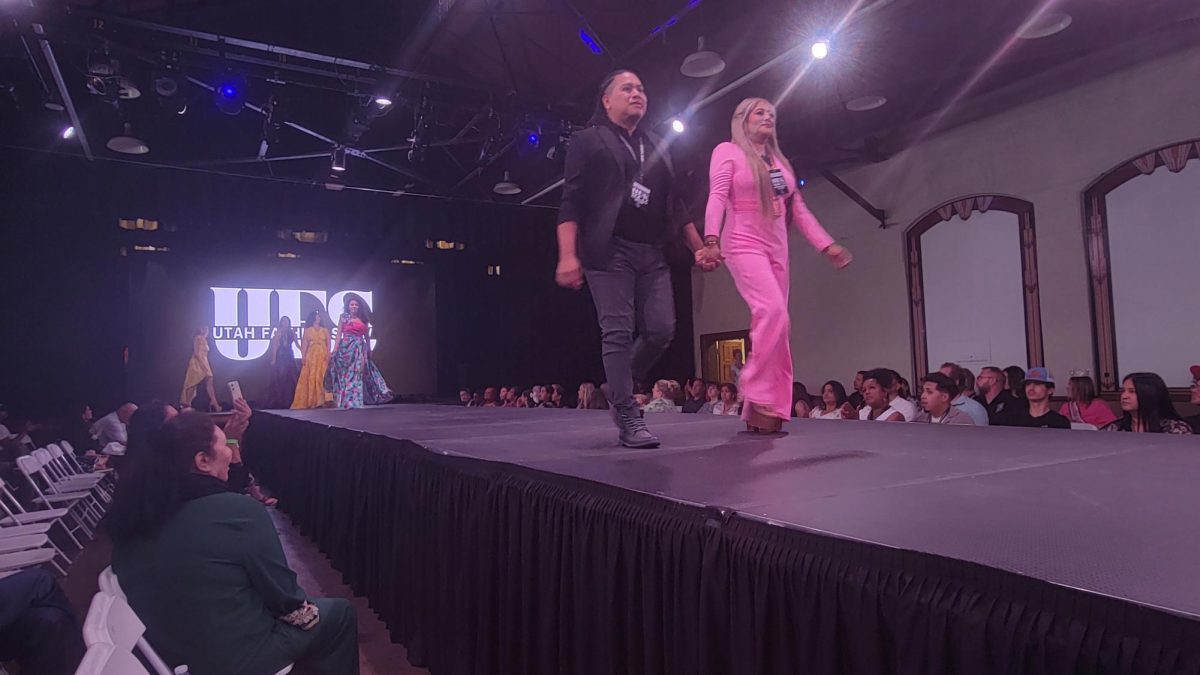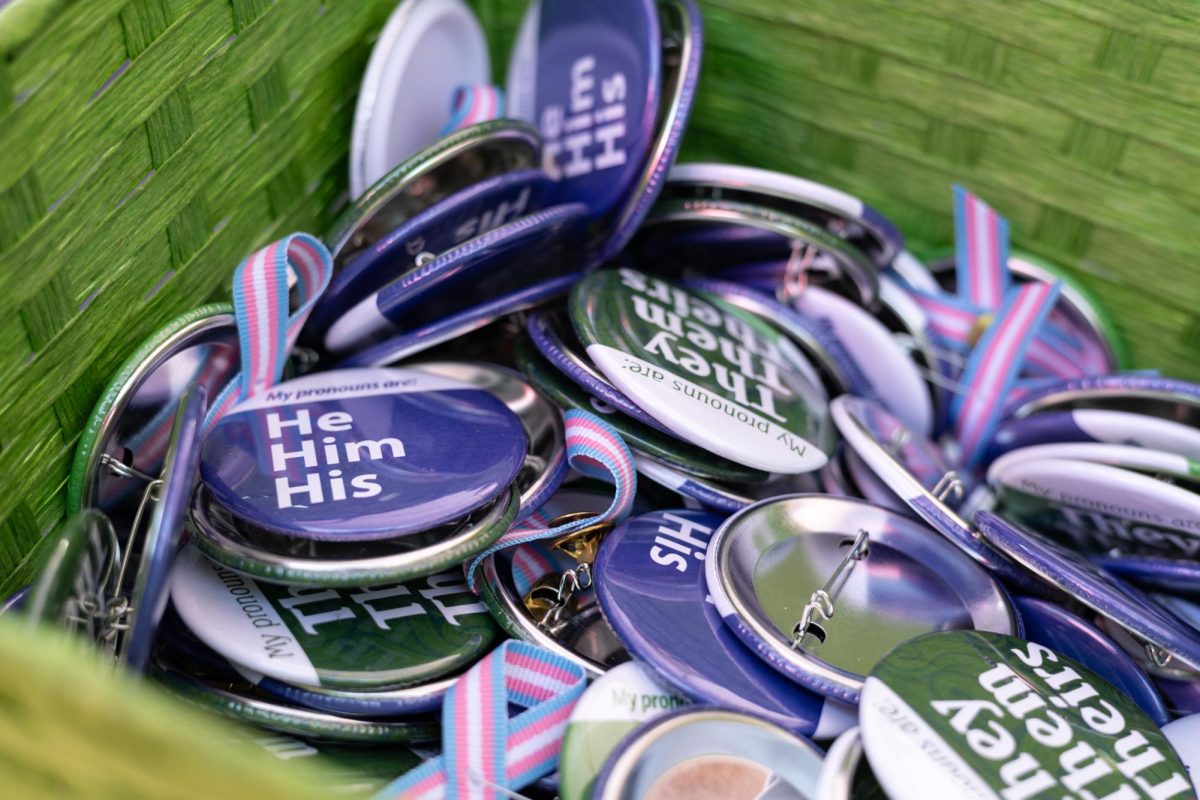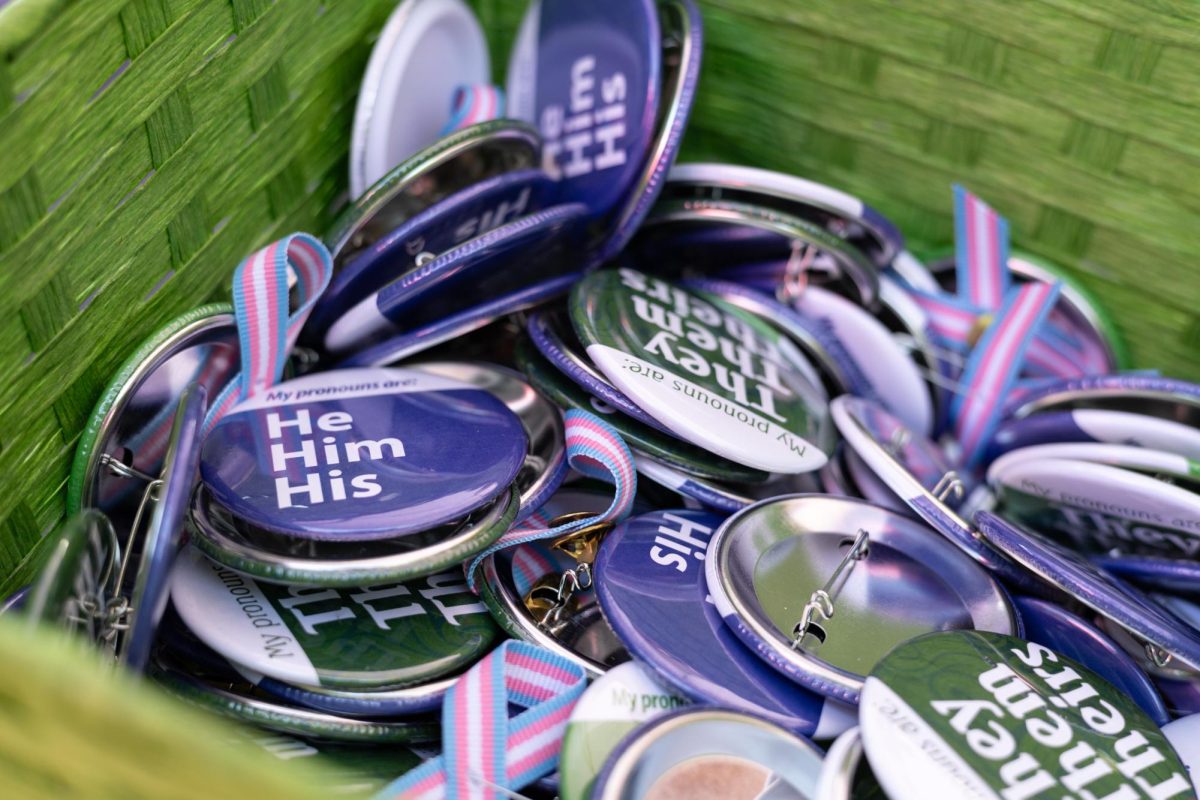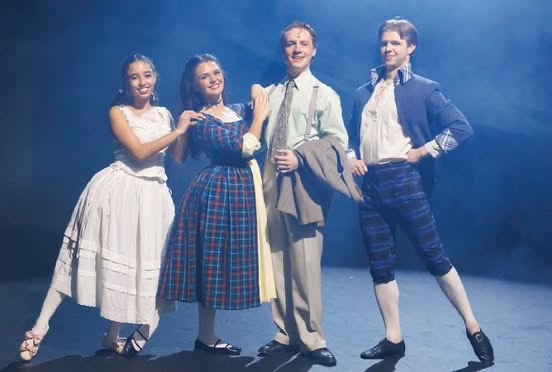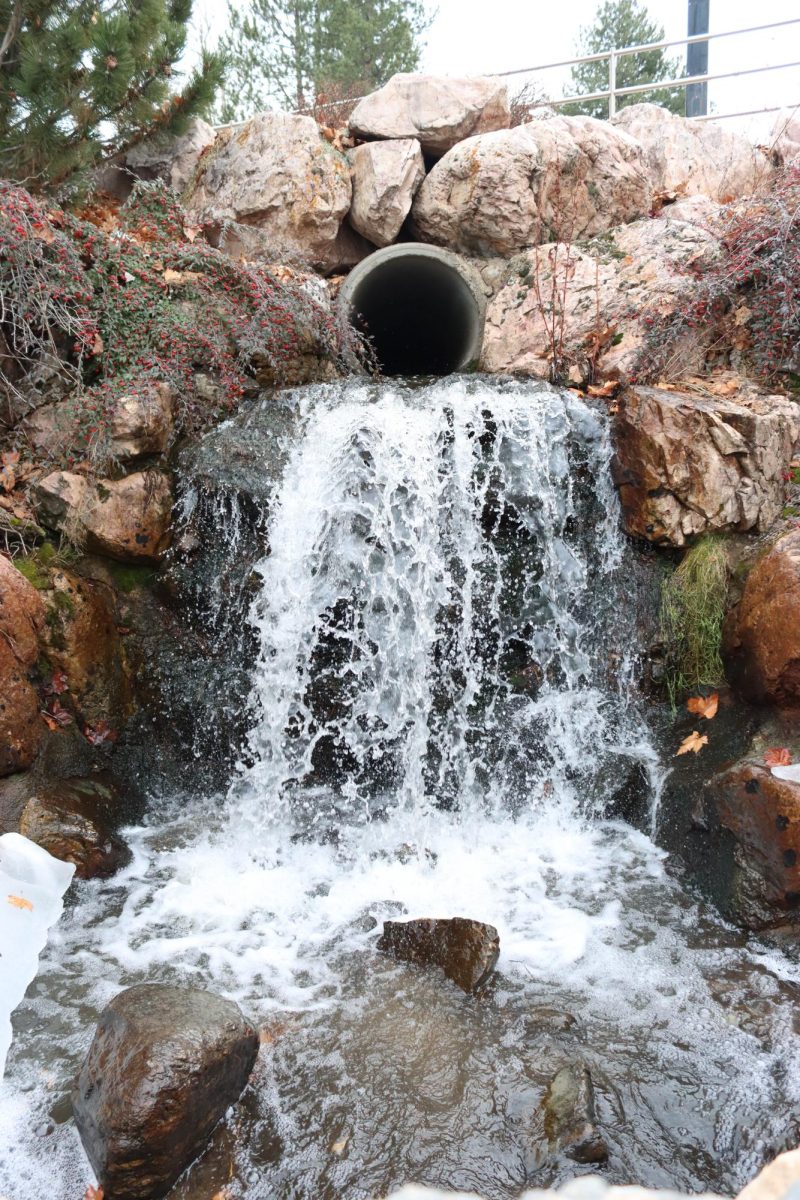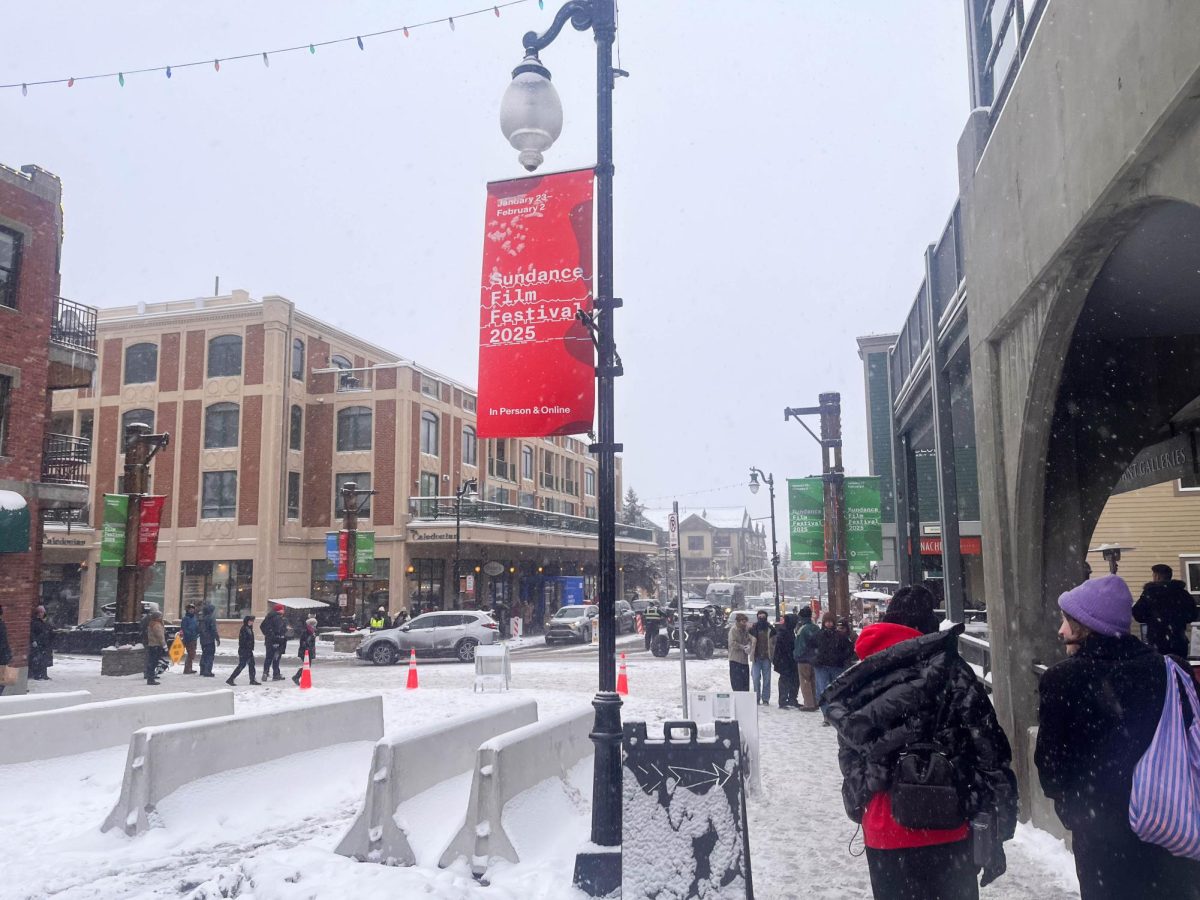
“Eyes Toward the Past” showcased 20 historical paintings, creating a unique blend of the art and history of Northern Utah.
The Storytelling Program, hosted by Weber State University’s College of Education, teamed up with the Department of History to share some of Northern Utah’s past through paintings.
The project originally began in 1976 when a member of the Storytelling Program commissioned 64 paintings to depict historical places and events, like the circumnavigation of the Great Salt Lake, the origins of Lagoon theme park, the communal settlements led by Joseph Morris and the history of relationships with the Shoshone tribe.
DeeDee Mower, director of the Storytelling Program, explained that the paintings were lost for some time, but with the help of the Department of Visual Art and Design, they discovered several of the paintings were being displayed throughout the library on campus. The paintings were then taken to the Department of History to have each one of its historical and artistic background researched.
Another feature in the event, a looping video written by the faculty and staff of the Department of History, provided the background information for each painting and the image or event it depicted. The video was voiced over by a national storyteller member.
Mower said of the turnout at the event, “We’ve had about 100 people come through in the past day and half.”

The Storytelling Program, now in its 21st year at Weber State, also holds events off campus, including locations such as the Eccles Conference center, Peery’s Egyptian Theatre and the Davis Conference Center.
“When we see something visual, we create our own story,” Mower said of the paintings’ ability to help audiences understand history. “So if we don’t know the actual story, we create a story from what we see and sometimes the visuals are so good we get the correct interpretation.”
Natalie Williams, a professor in the Teacher Education Department, and her husband, John, enjoyed the learning experience that took place at the event. “They really tell the story, especially of Ogden and the environment, but it also tells the story of the people who were in that history,” said John. “It’s like an entire culture is represented,” Natalie added.


